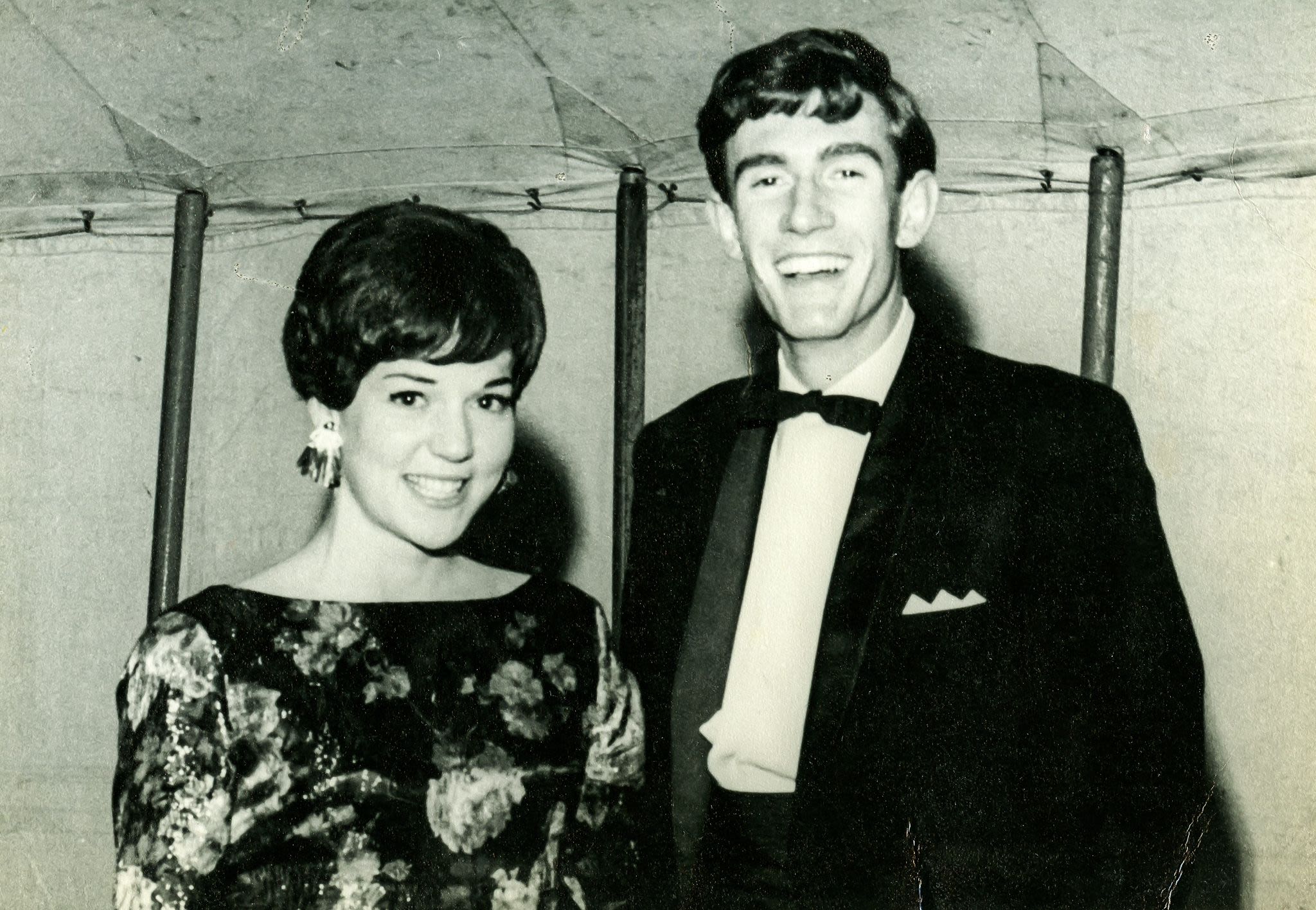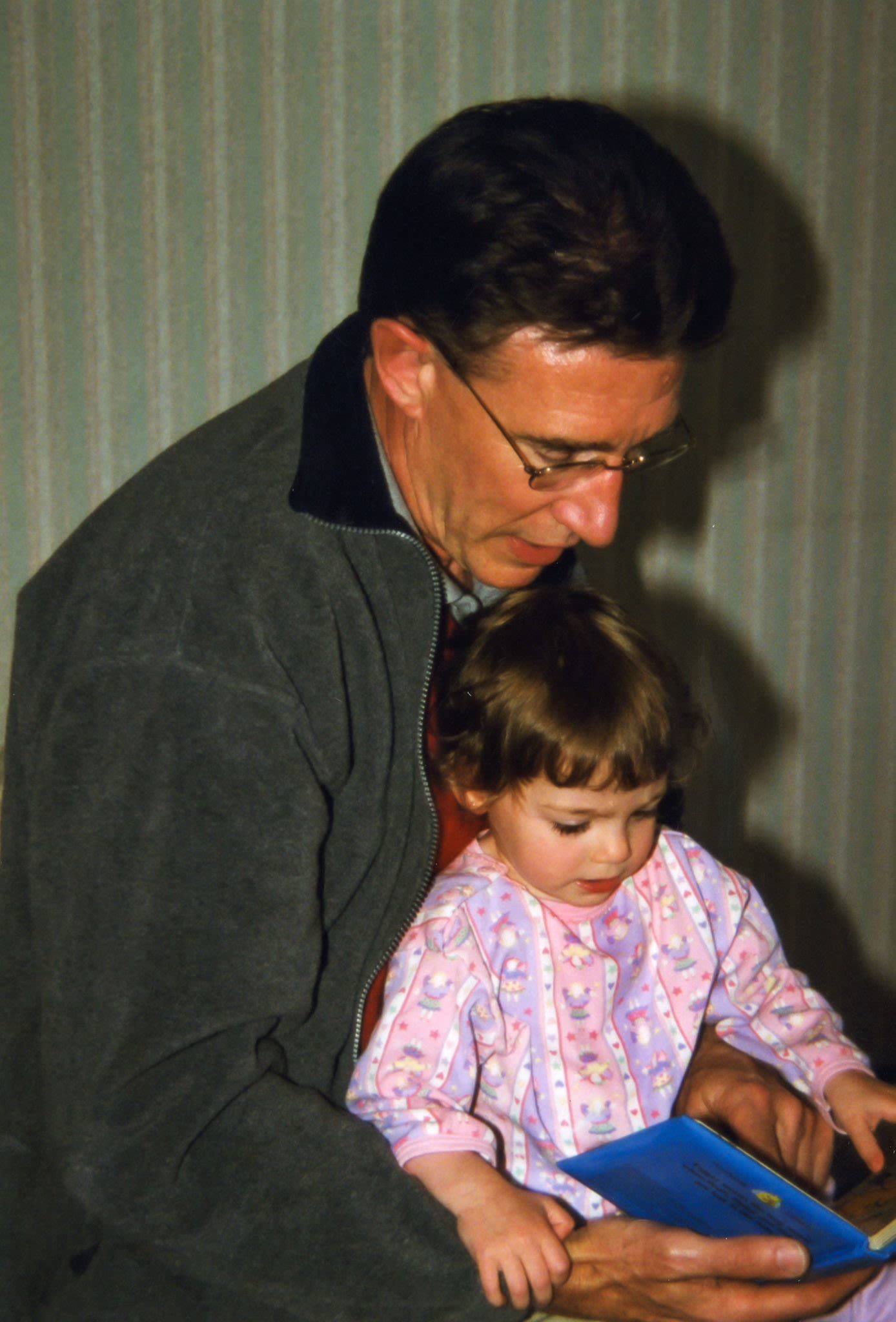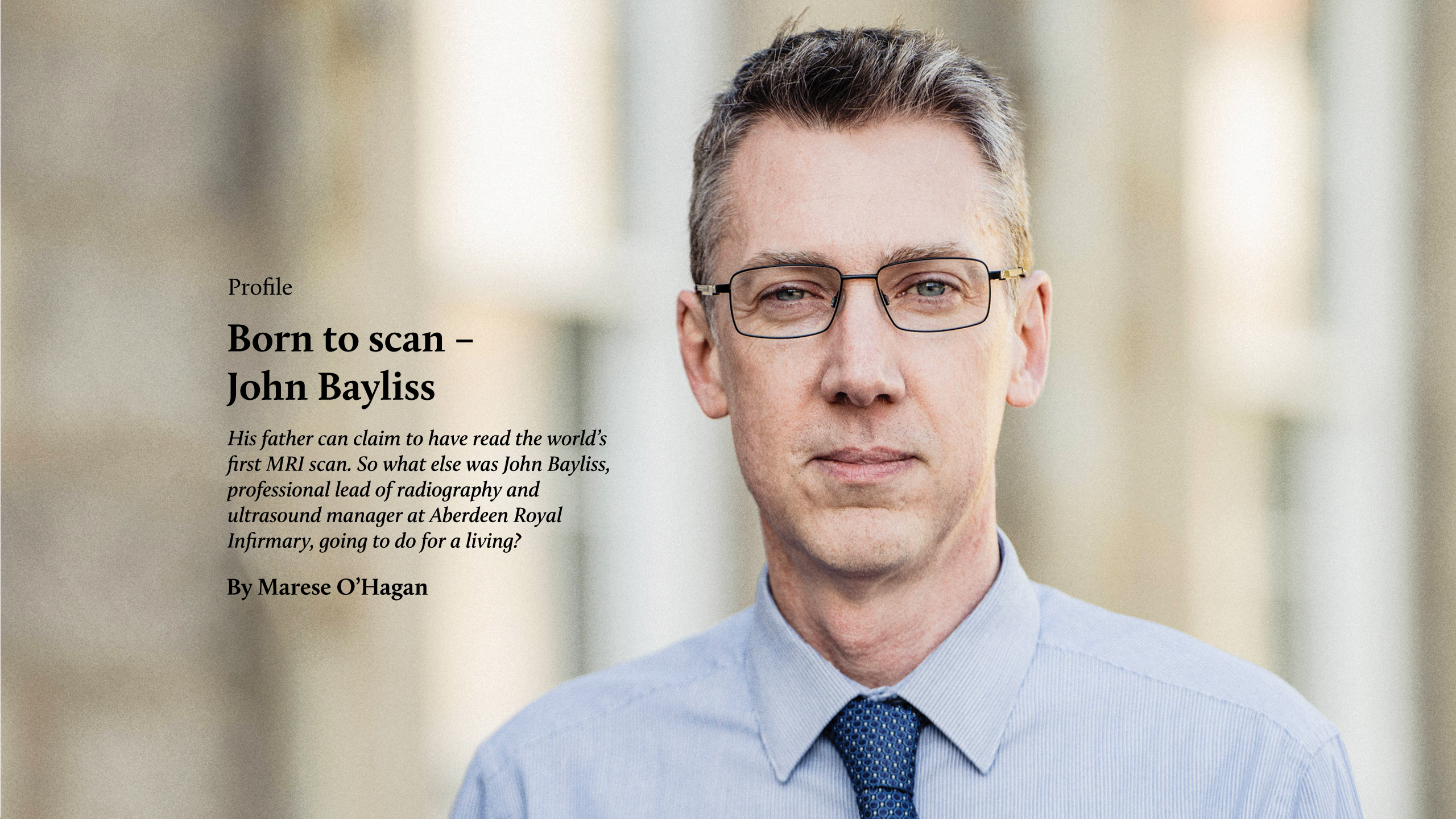
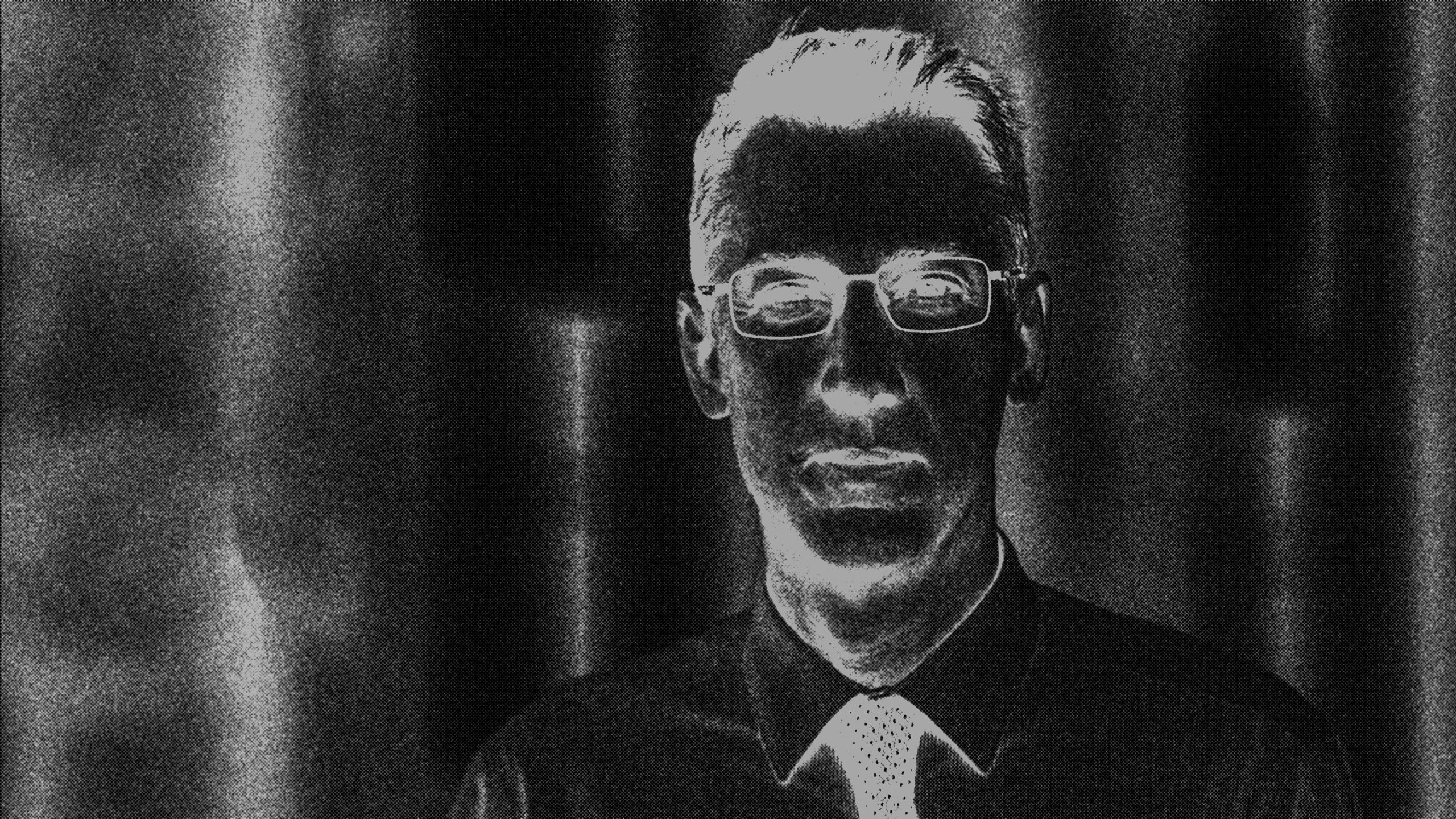
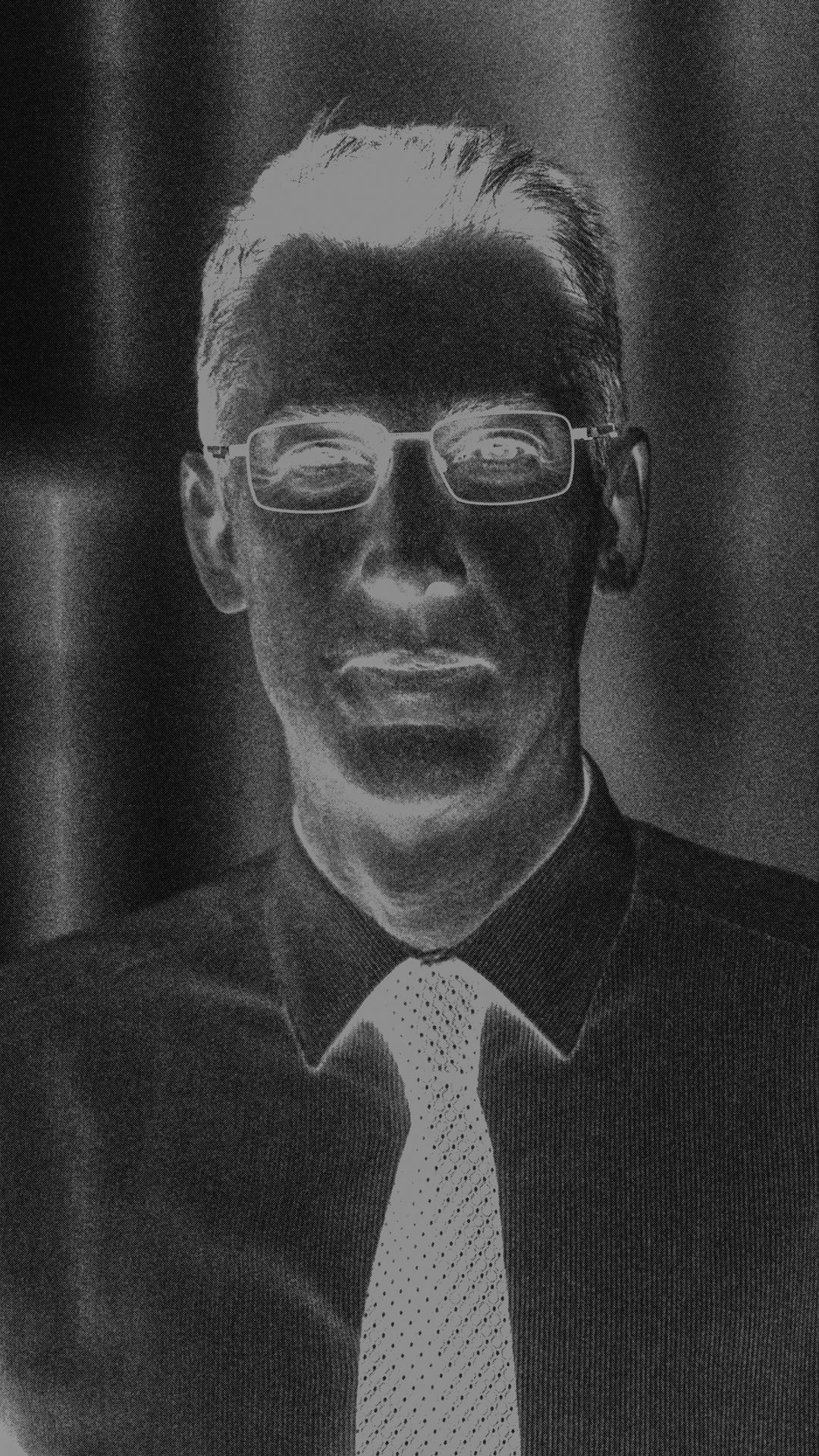
With a GP mother and a radiologist father, John Bayliss seemed pre-destined to pursue a career in healthcare. His father, Tony Bayliss, is said to be the first ever person to read a human MRI scan, and it was the pull of radiography that has given John his professional calling. But how has his father’s legacy helped steer John’s own remarkable unique journey? During a recent trip to Aberdeen, Synergy spoke in depth with him to find out.
John first gained a degree in science at Glasgow University, after which he wasn’t sure what he wanted to do next. Ultimately, a day spent with his father in the radiology department at the Aberdeen Royal Infirmary (ARI), where John now works, sealed the deal. “Ultrasound immediately captured my interest, possibly because of my father’s enthusiasm and knowledge but also because of the puzzle solving and completeness of the role, from patient interrogation and technical aspects of the examination to report writing and onward recommendations.”
With his career journey firmly carved out, John went back to university – this time to complete a radiography degree at Robert Gordon University in Aberdeen. The Monday after graduation he started a new job at the Hammersmith Hospital at Imperial College London, choosing to forgo the ultrasound unit at ARI – part of the NHS Grampian Foresterhill Campus – led by his father. “I was going to London with a view to try and get into ultrasound,” he says. “I thought that would be the place with the most opportunities, because of the number of hospitals there.”
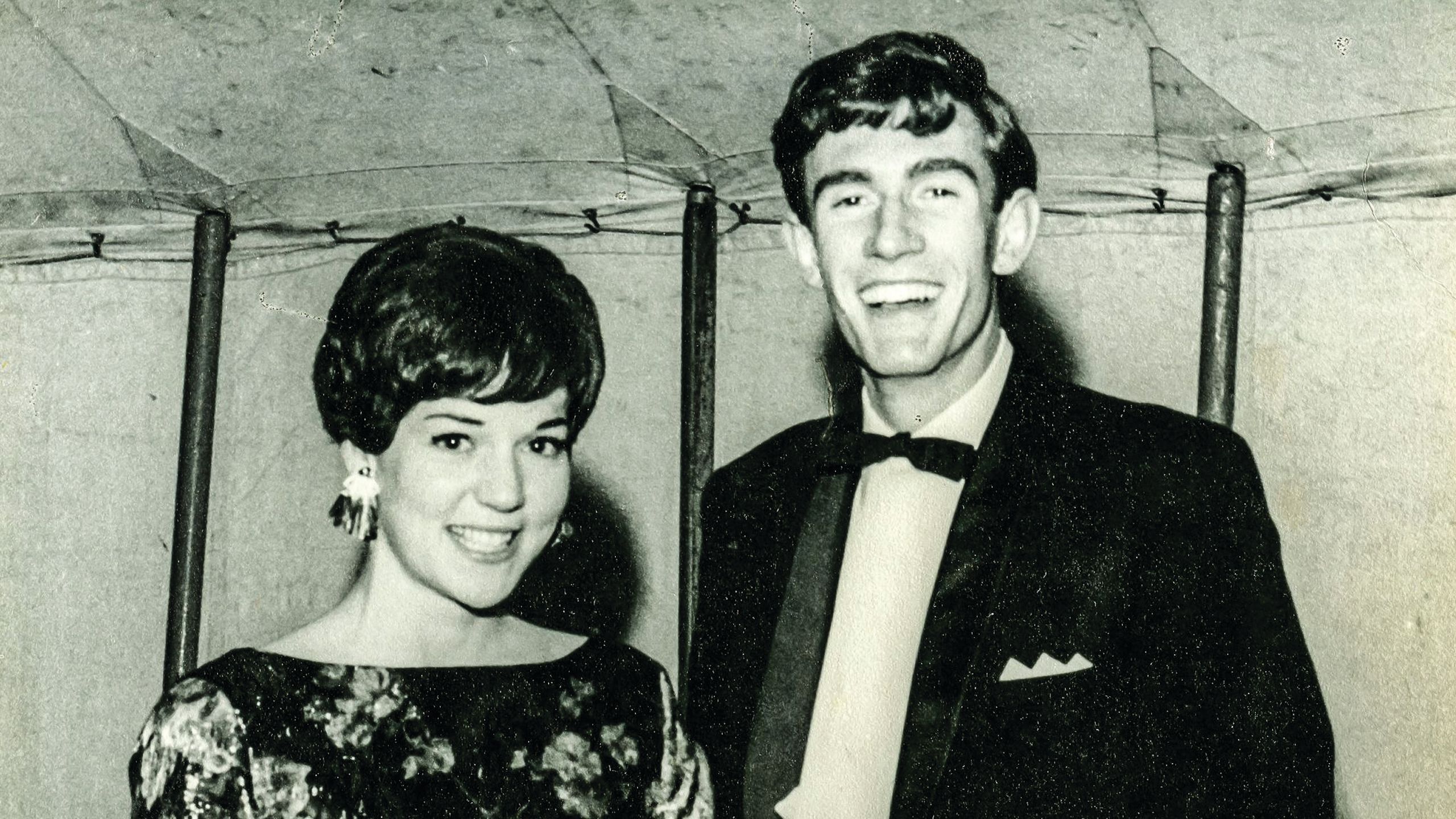
John's parents in medical school
John's parents in medical school
A personal connection
John secured a radiographer position at Hammersmith Hospital in 2000. But ultimately he couldn’t escape his father’s name, “as radiology is a very small world and, in my third week in post, a senior registrar knew who I was from one look”, he recalls.
At the time, the unit had equipment that wasn’t available anywhere else in the world. “We were testing equipment prior to release, there was research happening throughout the department,” he explains. “We had a PACS system that no one else had yet. It was a fantastic place to work and to do my training in ultrasound.”
Here, John was mentored by two professors – David Cosgrove and Martin Blomley – who “were very much pushing for radiographers to advance their practice”.
“We did everything,” he says. “There were no limits on what the sonography team there could do. They worked like radiologists, worked with the radiologists and were involved in all the research that was going on as well.
“My manager, my boss and my mentor at the time was a lady called Cliona Cunningham. She just kept pushing the boundaries for us as well, in conjunction with the professors. It was just the most fantastic opportunity.”
When a post in ARI’s ultrasound department came up in 2004, John grabbed the opportunity with both hands. At the time there were just four ultrasound radiographers there, one of whom was on maternity leave. “I came in as effectively a deputy superintendent for ultrasound,” John says. “My boss then was Chris Clark, who retired in 2018. And I became the ultrasound manager at that point and worked closely with Dr Dympna McAteer to continue to advance the role of the sonographer in NHS Grampian."
The job came up just months after John’s father left the unit and moved to England with his wife Helen, a sonographer. But John’s father wasn’t just any radiologist – he is said to be the first person to ever read an MRI scan of a human patient.
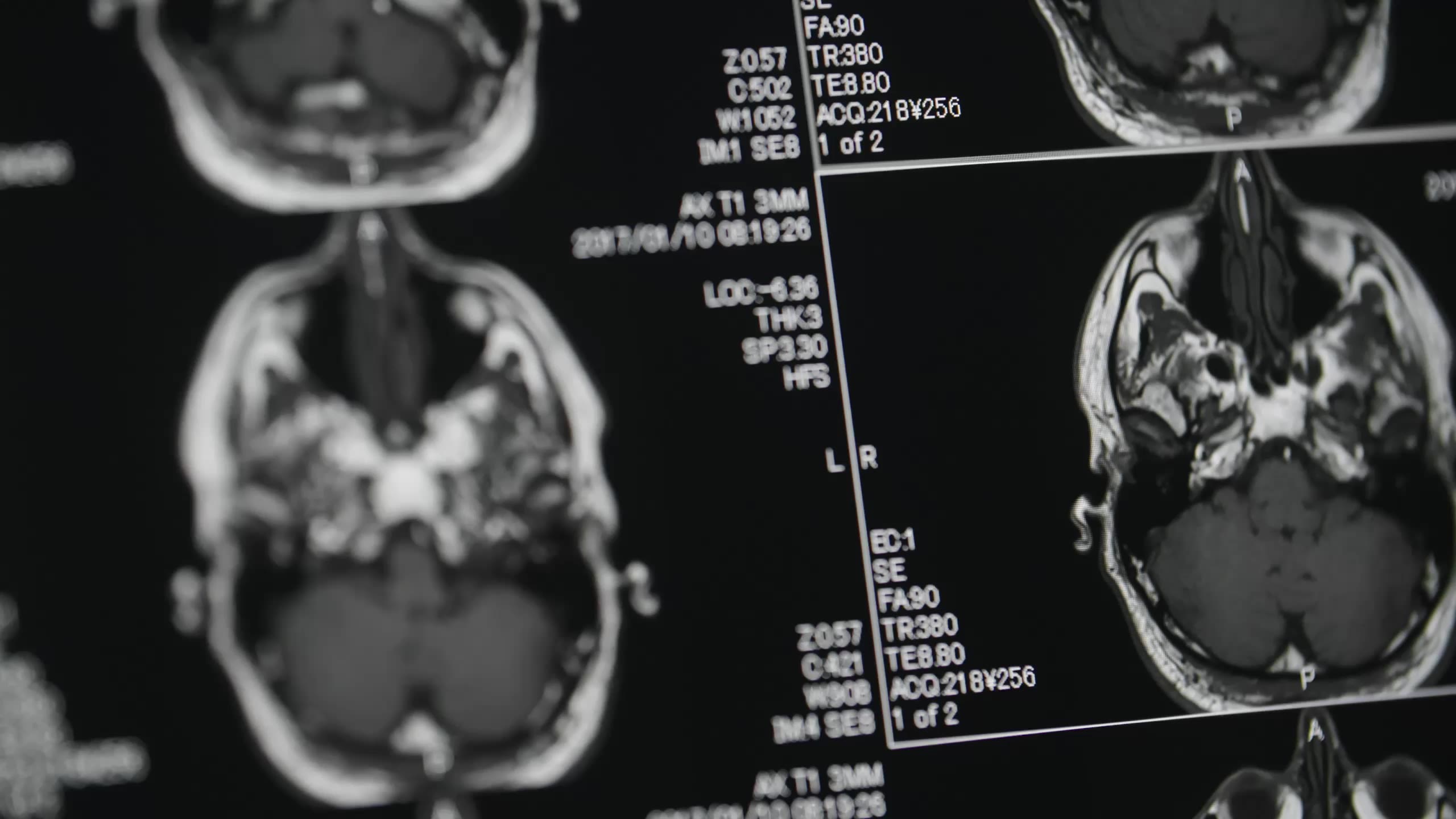
Origin story
It’s thought that MRI was invented in Aberdeen – indeed, during Synergy’s time at ARI, we were shown a prototype of the Mark-1, the world’s first whole-body MRI scanner. While this claim of the MRI’s origins are debated, at the very least it’s clear Aberdeen was one of the areas that first developed and established the discipline.
John explains that, during the construction of the Mark-1, a physicist working on it placed his arm into the scanner and showed the image to his father, saying: ‘Can you tell me what this is?’
“So he looked at it and saw that it was a soft tissue structure with two bones in it. It was either going to be a forearm or a leg – he decided, from the size of it, it was probably an arm.
“He guessed an arm. And the physicists were very, very excited, saying that he could identify it, he knew what it was, this was amazing. And he leaned over and said to them: ‘That’s fine, but it’ll never take off.’”
John’s dad developed an interest in ultrasound after moving the Bayliss family to Aberdeen in 1976 to take up his first consultant post. John says he was “largely responsible for the expansion of the ultrasound department in ARI”.
“I remember as a child having architect plans spread across our lounge floor as my father peered at them, making notations,” he recalls. “He worked in NHS Grampian from 1976 to 2004, serving a few times as clinical director, but always his love was ultrasound, where he was a famously hard taskmaster.”
Origin story
It’s thought that MRI was invented in Aberdeen – indeed, during Synergy’s time at ARI, we were shown a prototype of the Mark-1, the world’s first whole-body MRI scanner. While this claim of the MRI’s origins are debated, at the very least it’s clear Aberdeen was one of the areas that first developed and established the discipline.
John explains that, during the construction of the Mark-1, a physicist working on it placed his arm into the scanner and showed the image to his father, saying: ‘Can you tell me what this is?’
“So he looked at it and saw that it was a soft tissue structure with two bones in it. It was either going to be a forearm or a leg – he decided, from the size of it, it was probably an arm.
“He guessed an arm. And the physicists were very, very excited, saying that he could identify it, he knew what it was, this was amazing. And he leaned over and said to them: ‘That’s fine, but it’ll never take off.’”
John’s dad developed an interest in ultrasound after moving the Bayliss family to Aberdeen in 1976 to take up his first consultant post. John says he was “largely responsible for the expansion of the ultrasound department in ARI”.
“I remember as a child having architect plans spread across our lounge floor as my father peered at them, making notations,” he recalls. “He worked in NHS Grampian from 1976 to 2004, serving a few times as clinical director, but always his love was ultrasound, where he was a famously hard taskmaster.”
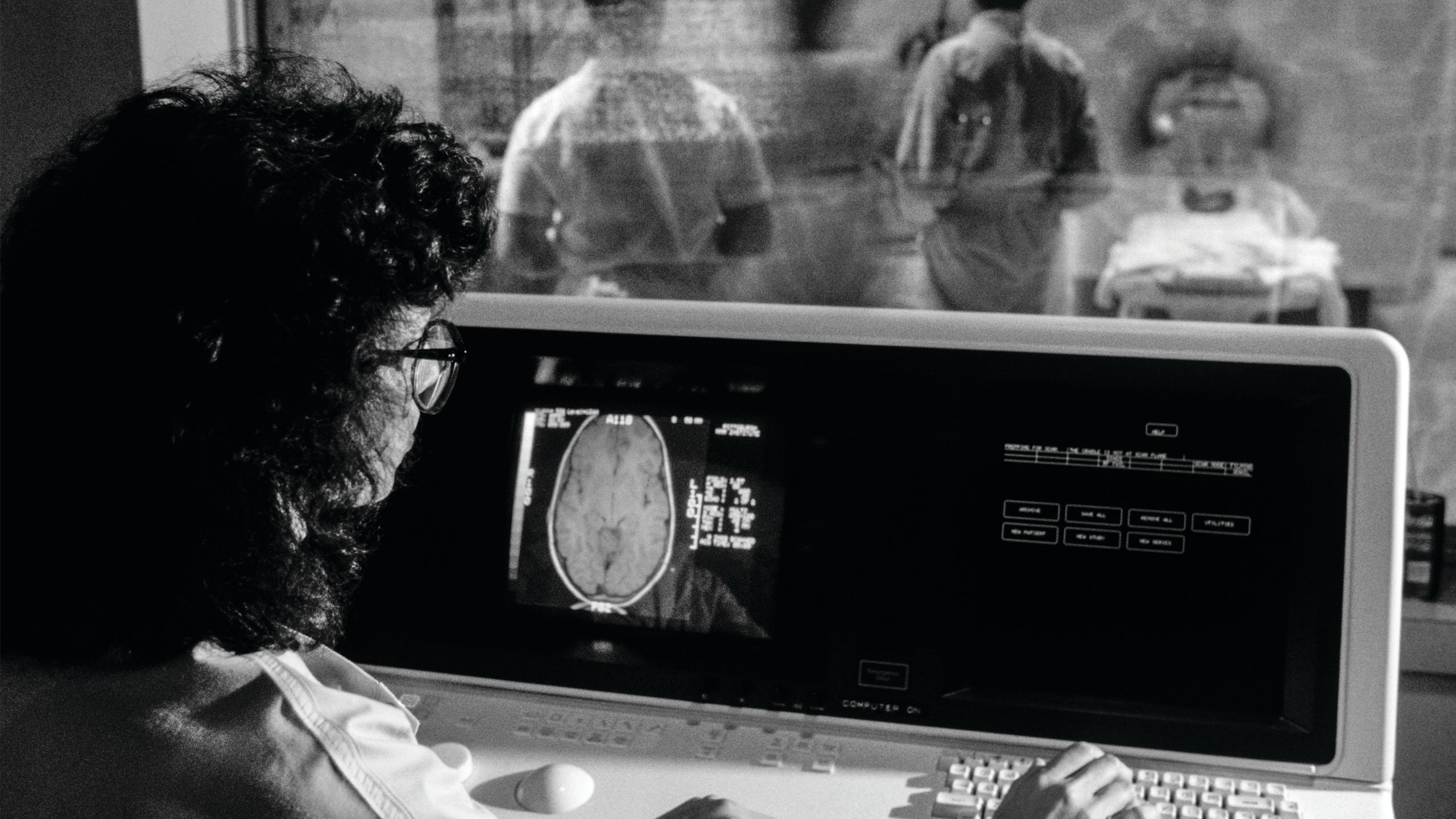
Being hands-on
As the hospital’s professional lead of radiography, today John finds himself largely in a management-centric role. But his presence in the department isn’t inconspicuous – as he says himself: “There’s been a Bayliss in this department since 1976.”
Regardless of how busy he gets, John likes to be involved in clinical radiography where he can, conducting more niche types of imaging. “I do still try and keep my hand in the ultrasound department because I love clinical ultrasound,” he adds. “I’m involved in some areas that only a few of us in the department do. I’m one of the people who does the contrast enhanced ultrasound. I’m involved in the renal biopsy service and I also specialise in head and neck ultrasound, including fine needle aspirations.”
'Always his always his love was ultrasound, where he was a famously hard taskmaster'

What’s on offer at NHS Grampian?
John was just one of many radiography professionals we spoke to during Synergy’s time at NHS Grampian, a trip that covered both ARI and Dr Gray’s Hospital in Elgin.
As a departmental manager leading more than 230 radiographers across 17 sites, however, John has more of an overarching view on recent developments at ARI. For example, in the last few years ARI’s ultrasound department has grown from three members of staff to 17. ARI is also currently working to install a fourth MRI scanner, which will be located in the Baird Family Hospital, a new £261m women’s and children’s hospital that is currently under construction. The facility will be located west of the Royal Aberdeen Children’s Hospital, another crucial part of NHS Grampian.
Equipment in the children’s hospital has also been replaced and two new rooms have been installed, one of which is a fluoroscopy room, with staff currently undergoing training on how to operate it. And more is set to come, John says, with a replacement CT scanner in the emergency department coming in early 2025
As for whether any of his four children might follow him down the family’s well-trodden path to radiography, “who can say?” he says. “I suspect I will not cast such a large shadow to escape as my father did before me.”
Tony Bayliss and his eldest grandchild Mairi
Tony Bayliss and his eldest grandchild Mairi
What’s on offer at NHS Grampian?
John was just one of many radiography professionals we spoke to during Synergy’s time at NHS Grampian, a trip that covered both ARI and Dr Gray’s Hospital in Elgin.
As a departmental manager leading more than 230 radiographers across 17 sites, however, John has more of an overarching view on recent developments at ARI. For example, in the last few years ARI’s ultrasound department has grown from three members of staff to 17. ARI is also currently working to install a fourth MRI scanner, which will be located in the Baird Family Hospital, a new £261m women’s and children’s hospital that is currently under construction. The facility will be located west of the Royal Aberdeen Children’s Hospital, another crucial part of NHS Grampian.
Equipment in the children’s hospital has also been replaced and two new rooms have been installed, one of which is a flu room, with staff currently undergoing training on how to operate it. And more is set to come, John says.
As for whether any of his four children might follow him down the family’s well-trodden path to radiography, “who can say?” he says. “I suspect I will not cast such a large shadow to escape as my father did before me.”
Read more

More about Aberdeen Royal Infirmary
Aberdeen Royal Infirmary is described as the largest hospital in the Grampian region of Scotland and offers care for around 600,000 people across the north of Scotland.
Find out more about the trust here.
Image and video credit: Getty Images


